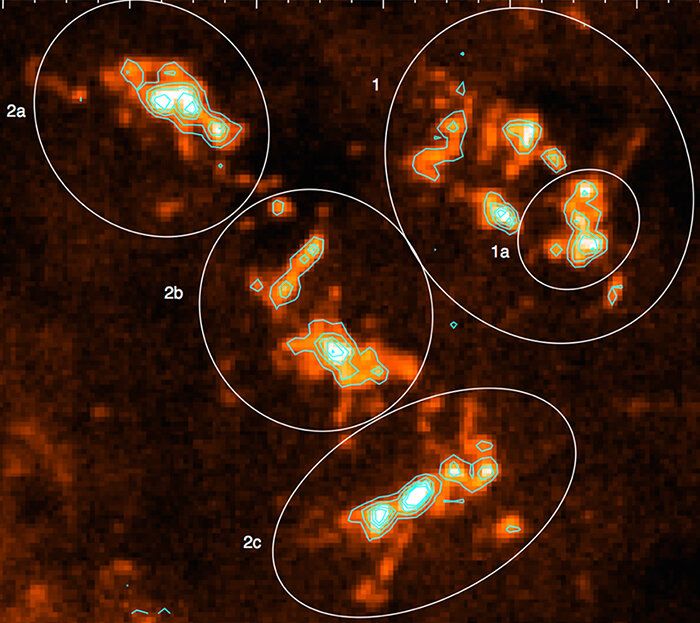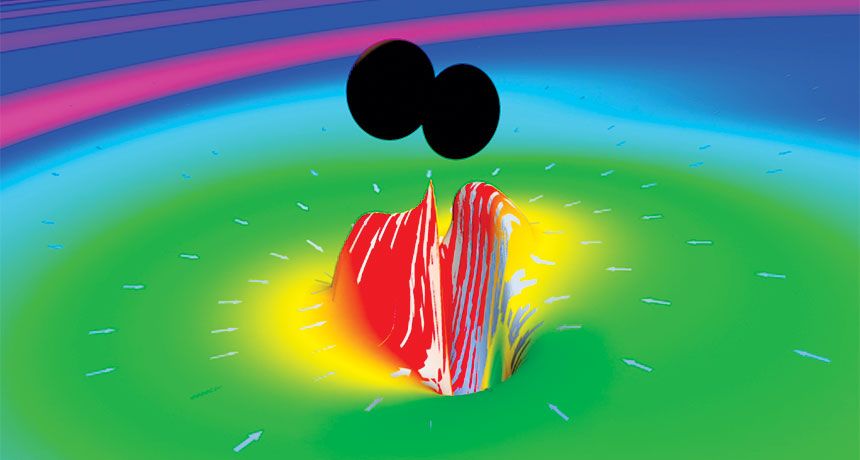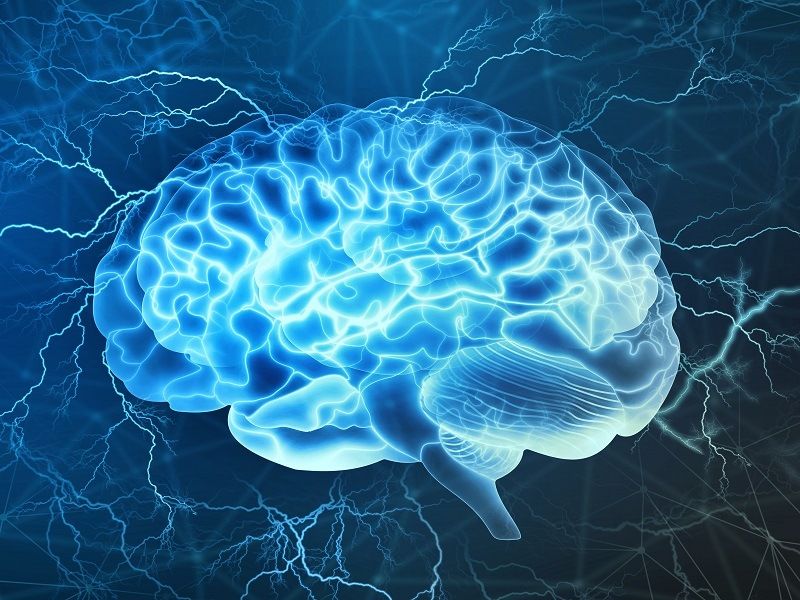This is what the first Mars colony could be living in 🔴 🚀.
Get the latest international news and world events from around the world.

Paul Greengard, 93, Nobel Prize-Winning Neuroscientist, Is Dead
Dr. Greengard’s research described how cells react to dopamine, an important chemical messenger in the brain. His work provided the underlying science for many antipsychotic drugs, which modulate the strength of chemical signals in the brain.
“Our work shows the details of how dopamine produces these effects — in other words, what’s wrong in these diseases and what can be done to correct them,” Dr. Greengard said.

Gravitational echo phenomenon will become a key to the new physics, physicist says
Gravitational echoes may be caused by the collision of two black holes, and may indicate that these objects have completely new physical properties. This conclusion was made by RUDN physicists after a series of mathematical calculations. The scientists state that if the existence of the echo phenomenon is confirmed, astrophysicists would have to reconsider their view of compact space objects. The results of the study were published in Physical Review D.
According to the theory of general relativity (GR), any massive object distorts space-time. A similar effect is observed when a heavy metal ball is placed on stretched elastic fabric. The heavier is the ball, the deeper is the depression in the fabric. Similarly, the higher the mass of an object, the more it distorts space-time. Black holes are among the heaviest objects in the universe, and therefore distort space-time the most. When two black holes collide, gravitational waves spread out from the site of collision. They can be compared to rings on the water, or sound waves, but there is one important peculiar feature. Gravitational waves do not propagate spatially—they are themselves the oscillations of space-time.
Gravitational waves from the collision of two black holes decay with time, but on their final stage, they can cause the so-called echo—additional wave scattering. It can be compared to regular acoustic echo. The existence of such gravitational echo has not been confirmed yet, and there are different opinions about its possible source. A RUDN physicist, together with colleagues from the Czech Republic and Russia, assumed that if the existence of gravitational echo is experimentally confirmed, it would be the beginning of the new physics adding to GR.


Astronomers take first, high-resolution look at huge star-forming region of Milky Way
Astronomers from the United States and South Korea have made the first high-resolution, radio telescope observations of the molecular clouds within a massive star-forming region of the outer Milky Way.
“This region is behind a nearby cloud of dust and gas,” said Charles Kerton, an associate professor of physics and astronomy at Iowa State University and a member of the study team. “The cloud blocks the light and so we have to use infrared or radio observations to study it.”
The Milky Way region is called CTB 102. It’s about 14,000 light years from Earth. It’s classified as an HII region, meaning it contains clouds of ionized—charged—hydrogen atoms. And, because of its distance from Earth and the dust and gas in between, it has been difficult to study.

DIY gravitational waves with ‘BlackHoles@Home’
Researchers hoping to better interpret data from the detection of gravitational waves generated by the collision of binary black holes are turning to the public for help.
West Virginia University assistant professor Zachariah Etienne is leading what will soon become a global volunteer computing effort. The public will be invited to lend their own computers to help the scientific community unlock the secrets contained in gravitational waves observed when black holes smash together.
LIGO’s first detection of gravitational waves from colliding black holes in 2015 opened a new window on the universe, enabling scientists to observe cosmic events spanning billions of years and to better understand the makeup of the Universe. For many scientists, the discovery also fueled expansion of efforts to more thoroughly test the theories that help explain how the universe works—with a particular focus on inferring as much information as possible about the black holes prior to their collision.


Scientists propose putting nanobots in our bodies to create ‘global superbrain’
A team has proposed using nanobots to create the ‘internet of thoughts’, where instant knowledge could be downloaded just by thinking it.
An international team of scientists led by members of UC Berkeley and the US Institute for Molecular Manufacturing predicts that exponential progress in nanotechnology, nanomedicine, artificial intelligence (AI) and computation will lead this century to the development of a human ‘brain-cloud interface’ (B-CI).
Writing in Frontiers in Neuroscience, the team said that a B-CI would connect neurons and synapses in the brain to vast cloud computing networks in real time.

The discrete-time physics hiding inside our continuous-time world
Scientists believe that time is continuous, not discrete—roughly speaking, they believe that it does not progress in “chunks,” but rather “flows,” smoothly and continuously. So they often model the dynamics of physical systems as continuous-time “Markov processes,” named after mathematician Andrey Markov. Indeed, scientists have used these processes to investigate a range of real-world processes from folding proteins, to evolving ecosystems, to shifting financial markets, with astonishing success.
However, invariably a scientist can only observe the state of a system at discrete times, separated by some gap, rather than continually. For example, a stock market analyst might repeatedly observe how the state of the market at the beginning of one day is related to the state of the market at the beginning of the next day, building up a conditional probability distribution of what the state of the second day is given the state at the first day.
In a pair of papers, one appearing in this week’s Nature Communications and one appearing recently in the New Journal of Physics, physicists at the Santa Fe Institute and MIT have shown that in order for such two–time dynamics over a set of “visible states” to arise from a continuous-time Markov process, that Markov process must actually unfold over a larger space, one that includes hidden states in addition to the visible ones. They further prove that the evolution between such a pair of times must proceed in a finite number of “hidden timesteps”, subdividing the interval between those two times. (Strictly speaking, this proof holds whenever that evolution from the earlier time to the later time is noise-free—see paper for technical details.)